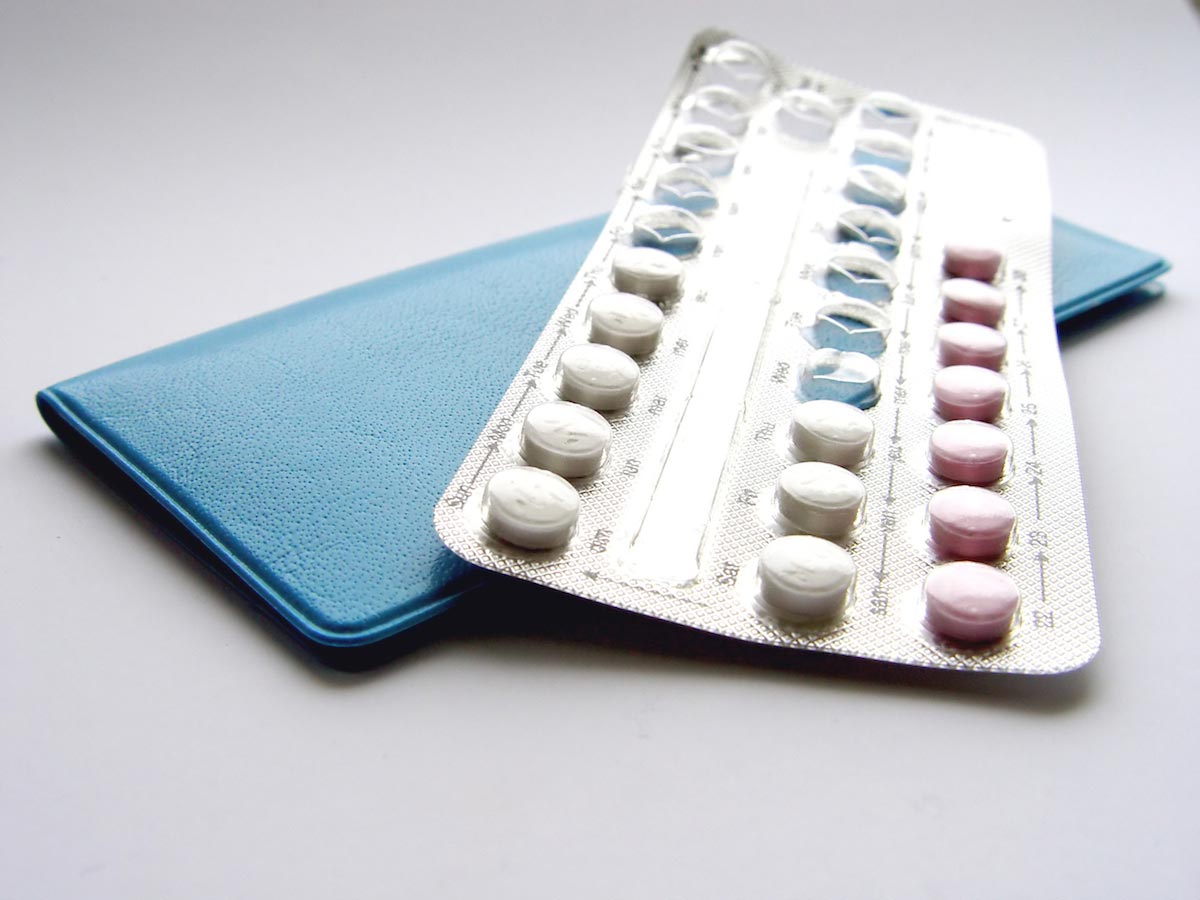
Advertisement
Oral contraceptives are taken for many reasons that have nothing to do with pregnancy prevention, including regulating menstrual cycles, clearing up acne, helping relieve menstrual cramps and premenstrual syndrome. What most people don’t know or aren’t familiar with are the risks associated with long term birth control use. One British couple found out in the most difficult way the dangers that lurk in the pill.
Young Sarah Cobb was only eight months from her dream wedding to her fiance Phil Kemp when his entire world was turned upside down. His beautiful bride-to-be lost her life to a pulmonary embolism caused by her daily birth control pill. Sarah was only 27 years old. Medical professionals warn that many women are not told of the risks or the factors that increase those risks such as being overweight, increased periods of bed rest, a family history of blood clots, and smoking.
Young Miss Cobb was healthy, had normal blood pressure, and was not overweight. There was no reason for her to lose her life other than the fact that she was on a pill that has been proven time and again to cause serious medical conditions and death in young women. A factor that most ladies are not told of in advance is that if the pill is being taken for any reason other than contraception, it should be discontinued after the issue has resolved to reduce the risk of side effects. It is also warned that it should not be taken for a long duration of time as continued use increases the risk of blood clots and death.
Sarah had been on what is called a “third generation” pill, developed in the eighties to combat the weight gain and headaches caused by older versions of the contraceptive. She had been taking it for 11 years at the time of her death, having started it at 16 years old to help with acne. There is an increase in the hormone progestogen, a synthetic version of the hormone progesterone, in birth control pills such as Yasmin, Femodene, and Marvelon. These are among the most common pills prescribed and yet the risk of blood clots is increased by four times compared to second generation pills.

“But the risk is more than double for Pills containing desogestrel, gestodene, drospirenone, and cyproterone — four other types of synthetic hormone found in third- generation Pills,” says Shazia Malik, a consultant obstetrician and gynecologist at the Portland Hospital in London. The use of synthetic hormones also increases the risks of heart attacks, gall stones, ectopic pregnancies, osteoporosis, and breast cancer. Since the advent of synthetic estrogen in the fifties, the rate of breast cancer in women has increased from 1 in 50 to a startling 1 in 10.
The issues with synthetic hormones goes beyond what it does to the individual taking them, because of the amount of the hormone needed to achieve a therapeutic effect. Because it is essentially a chemical created in a lab, the body doesn’t know how to absorb it as it would a naturally produced hormone. This causes a large quantity of the hormones to be released through urine and therefore back into the environment and into our water and into the food that we eat. If we were to calculate the number of women that use hormone replacement therapy in the United States alone, from teenage years through menopause, that would equal a frighteningly large amount of synthetic estrogen coming back into every home in the country. The effects of this have already been seen with children, as young as eight years old, reaching puberty. It has also been observed as the rates of prostate cancer are on par with the incidences of breast cancer in women.
This is something that every young woman needs to be made aware of, for their safety and for the safety of the American population.
Sources include:
Submit a correction >>
This article may contain statements that reflect the opinion of the author
Advertisement
Advertisements















